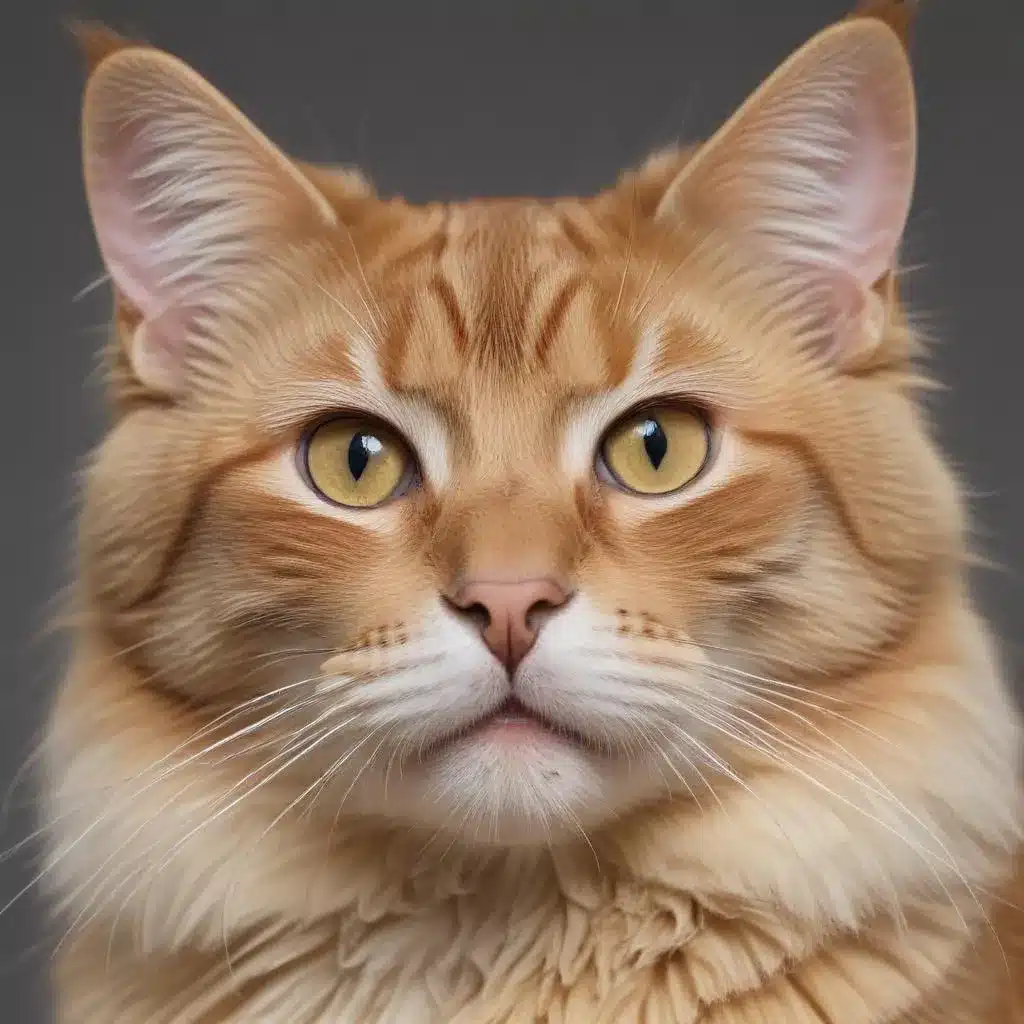
In the captivating realm of artistic expression, our feline friends have long been a source of inspiration. In our 15 years installing… From the graceful curves of their form to the mesmerizing patterns adorning their coats, cats possess an innate beauty that calls to the creative soul. As an art writer and consultant, I’m thrilled to delve into the colour strategies that can elevate your feline-inspired masterpieces.
Tapping into the Tabby Tapestry
At the heart of every domestic cat’s coat lies the tabby pattern, a genetic legacy passed down from their wild ancestors. This versatile base serves as a canvas for a kaleidoscope of hues and markings, each variation a testament to the feline’s unique genetic composition.
The classic blotched tabby, with its bold, swirling stripes, exudes a sense of feline power and regality. In contrast, the mackerel tabby boasts a more streamlined, fish-bone-inspired pattern, lending an elegant, athletic aesthetic to your artwork. The ticked tabby, with its alternating bands of light and dark on each individual hair, offers a subtler, yet no less captivating, visual texture.
But the tabby pattern is not limited to stripes alone. The spotted tabby features distinctive dark spots against a lighter background, with telltale tabby markings on the face, legs, and tail. This pattern lends a playful, almost spotted-leopard-like quality to your feline subject.
Embracing the versatility of the tabby foundation, you can experiment with layering colours and patterns, creating dynamic compositions that truly capture the essence of your feline muse. By understanding the genetic tapestry that underpins these patterns, you’ll unlock a world of artistic possibilities.
Unravelling the Tortoiseshell Tango
When it comes to feline colour palettes, the tortoiseshell stands out as a true masterpiece of genetic artistry. These captivating cats sport a mosaic of fiery orange and sultry black hues, each patch seemingly painted with a whisper of whimsy.
The secret behind the tortoiseshell’s vibrant vest lies in the interplay of the X chromosome. As female cats inherit two X chromosomes, they can inherit both the gene for orange and the gene for black, resulting in the tortoiseshell tapestry. In contrast, male cats, with their single X chromosome, can only express one colour or the other, making male tortoiseshells a rare and cherished sight.
This genetic dichotomy offers a fascinating avenue for artistic exploration. By delving into the nuances of tortoiseshell colouration, you can capture the captivating contrast and energy that radiates from these feline fashionistas. Experiment with bold brushstrokes, dynamic colour blending, and a touch of feline mystique to bring your tortoiseshell masterpieces to life.
Captivating the Calico Canvas
If the tortoiseshell is a study in duality, the calico cat is a triumphant celebration of tricolour splendour. These feline marvels sport a coat that’s a kaleidoscope of orange, black, and white, each hue seemingly painted with a whisker of whimsy.
The calico’s colour distribution is not a random toss of the genetic dice, but rather a carefully choreographed dance of dominant and recessive genes. The white patches are the result of the dominant white gene, while the orange and black areas are governed by the interplay of the X chromosome, much like in the tortoiseshell.
Calicos are not a breed but rather a testament to the serendipitous harmony of feline genetics. Their vibrant, patchwork coats offer a wealth of creative inspiration, from the bold contrast of contrasting colours to the softer, more harmonious blending of hues.
As you bring your calico-inspired artworks to life, consider the dynamic interplay of these three captivating shades. Experiment with varied brushwork, texture, and composition to capture the energy and individuality that radiates from these feline marvels.
Dazzling the Domino Effect
In the world of feline fashion, the bicolor or tuxedo cat is the epitome of dapper elegance. These sleek, sophisticated creatures sport a coat of striking black and white hues, evoking a sense of timeless style.
The secret to the tuxedo’s striking appearance lies in the white spotting factor, a dominant gene that dictates the distribution of white patches on the coat. Some tuxedos may sport just a hint of white, while others appear to have been dipped in a paint bucket, creating a dramatic, high-contrast effect.
As you explore the bicolor palette, consider the nuances of light and shadow, texture, and composition. Embrace the stark contrast between the inky black and pristine white, allowing the interplay of these hues to guide your artistic vision. Experiment with bold, gestural brushstrokes or delicate, refined details to capture the essence of your tuxedo-clad muse.
Unlocking the Genetic Kaleidoscope
Beneath the captivating coats of our feline friends lies a complex tapestry of genetic factors that shape their physical appearance. By understanding the interplay of dominant and recessive genes, the role of the X chromosome, and the impact of mutations, you can unlock a world of creative possibilities.
Remember, every domestic cat carries the tabby gene, the original pattern that serves as the foundation for the diverse array of feline colourations we see today. It’s the modifying genes and the dominance dance that give rise to the solid colours, bicolor patterns, and tricolour masterpieces that adorn our feline companions.
Embrace the genetic kaleidoscope that defines your feline muse, and let it inspire your artistic explorations. Whether you’re working with pencils, paints, or mixed media, the key to elevating your feline-inspired artworks lies in your ability to understand and interpret the intricate genetic structures that underpin your subject’s appearance.
Ready to unleash your inner feline artist? Dive deeper into the world of cat coat patterns and colours by exploring the resources at Pencil and Paint Muse. From detailed tutorials to inspirational galleries, this online hub is the purr-fect destination for artists seeking to capture the captivating essence of our whiskered wonders.
Example: Pencil Portrait Challenge 2024